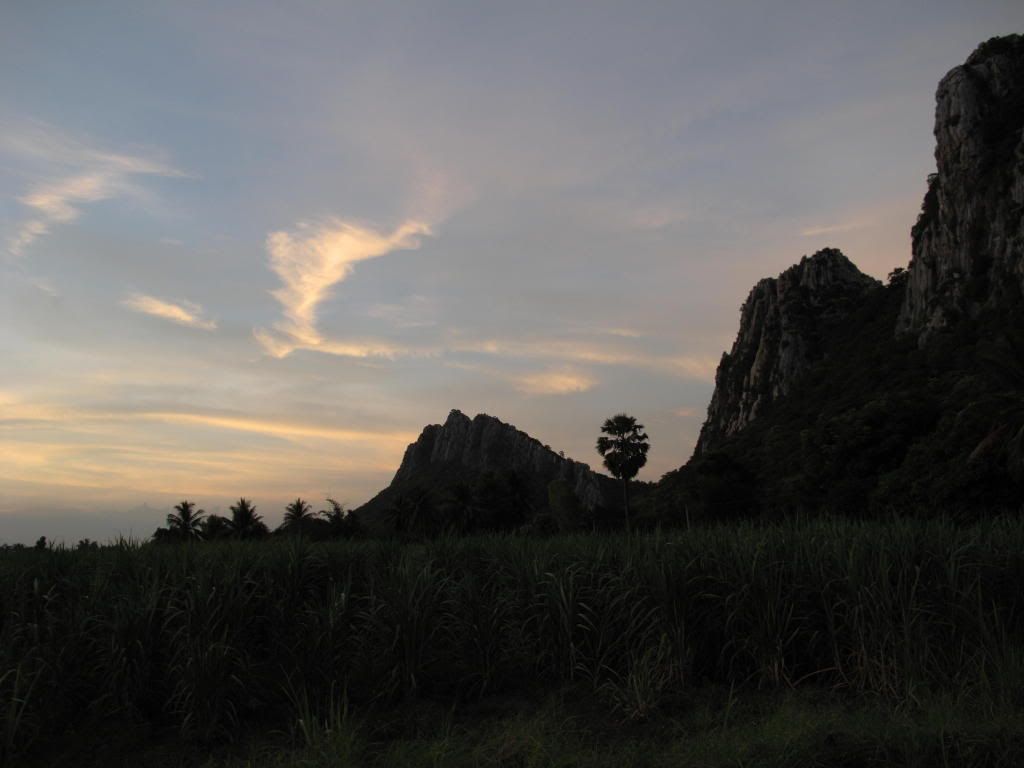Hello everyone,
I'm new here so I hope you all will bear with me as I look for some basic instruction. I've only taken one photography class in my life back in college. It was a black and white class so we developed our own prints and learned some the fundamentals. Currently I own a Canon G10 which seems to be a very nice camera for its price range, although I'm sure it is far less versatile than a DSLR.
Photography is more of a hobby for me. I love to hike, fish, snowboard, pretty much anything outdoors. My goal is to be able to produce some high quality images that I could make prints out of for my own personal use. I don't own any photo processing software, and even if I did I don't want to be spending a ton of time processing photos. So I'm looking for suggestions on how to get the best out of my camera without any editing.
Below are a few samples of some of my photography. After reading up a little today, I noticed a few things about the majority of my landscapes. The composition usually doesn't follow the rule of thirds, I tend to frame the horizon in the middle of the picture. This seems to make for boring shots. Secondly, a lot of my images appear more drab than what I've seen browsing this forum. I'm guessing this is due to the lack of a polarizing filter, and no editing. While we are on the subject of polarizing filters, would most of y'all consider this an essential accessory for shooting landscapes?
Another concern is that many of these images do not appear particularly crisp. I don't know if this is true, but I heard somewhere that the G10 takes better pictures at low aperture settings, so most of these photos are f2.8 or f4. This raises another question. I know that a smaller aperture size, like f/16, produce greater depth of field, but if I'm far enough away from my foreground and I use f2.8 or f4, shouldn't the entire picture still be in focus? I also shot all of these photos with an ISO setting of around 80 because noise seems to become a serious issue on this camera with ISO settings around 200.
The last observation I'll make, is that I seem to photograph decent subjects, but nothing really stands out in my photographs. I've taken a picture of the scene without capturing its real beauty. If y'all could let me know what you think I'm doing right, as well as all of the constructive critiques that come to mind, I would greatly appreciate it.
Cheers,
Brent
1)
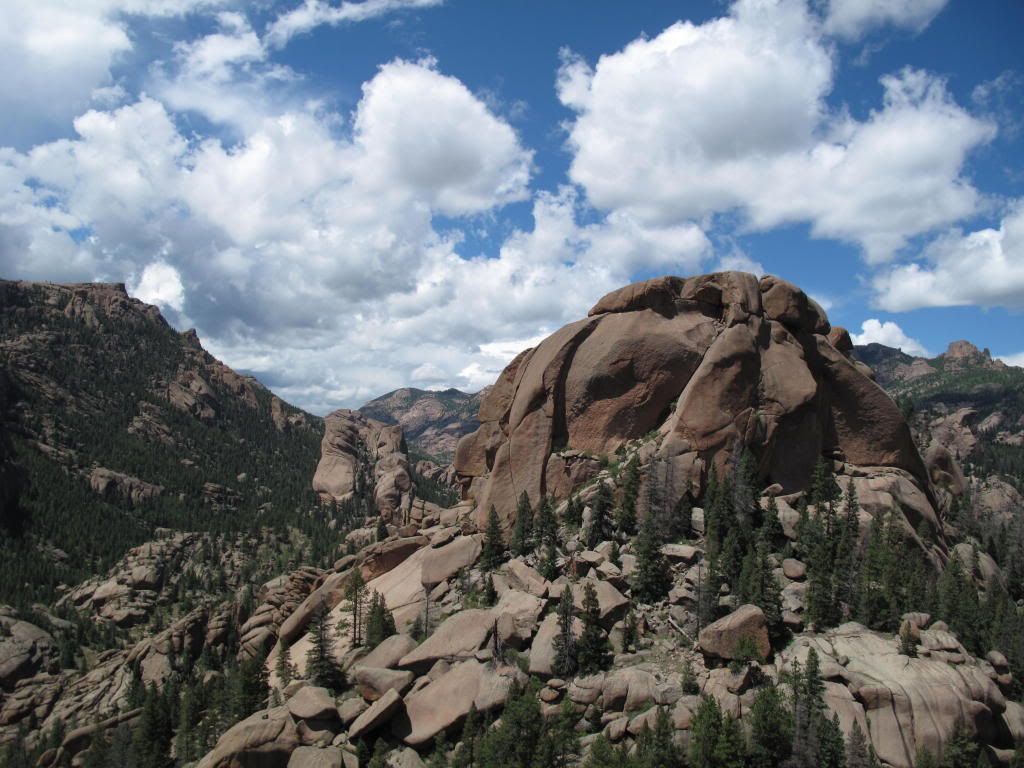
2)
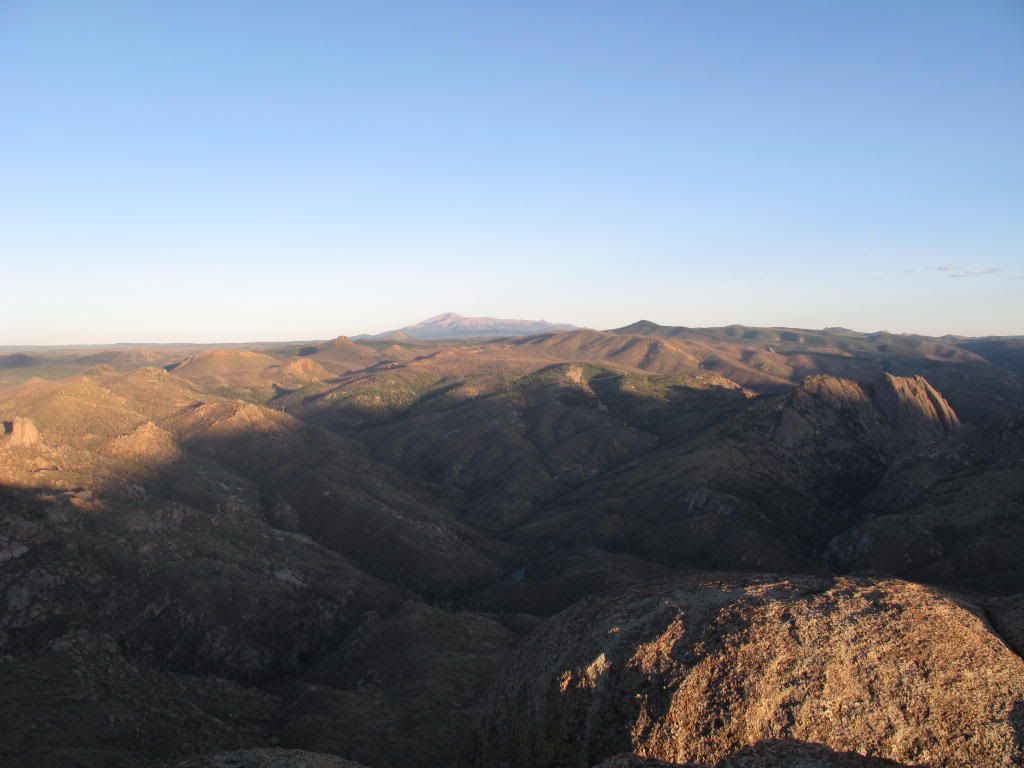
3)
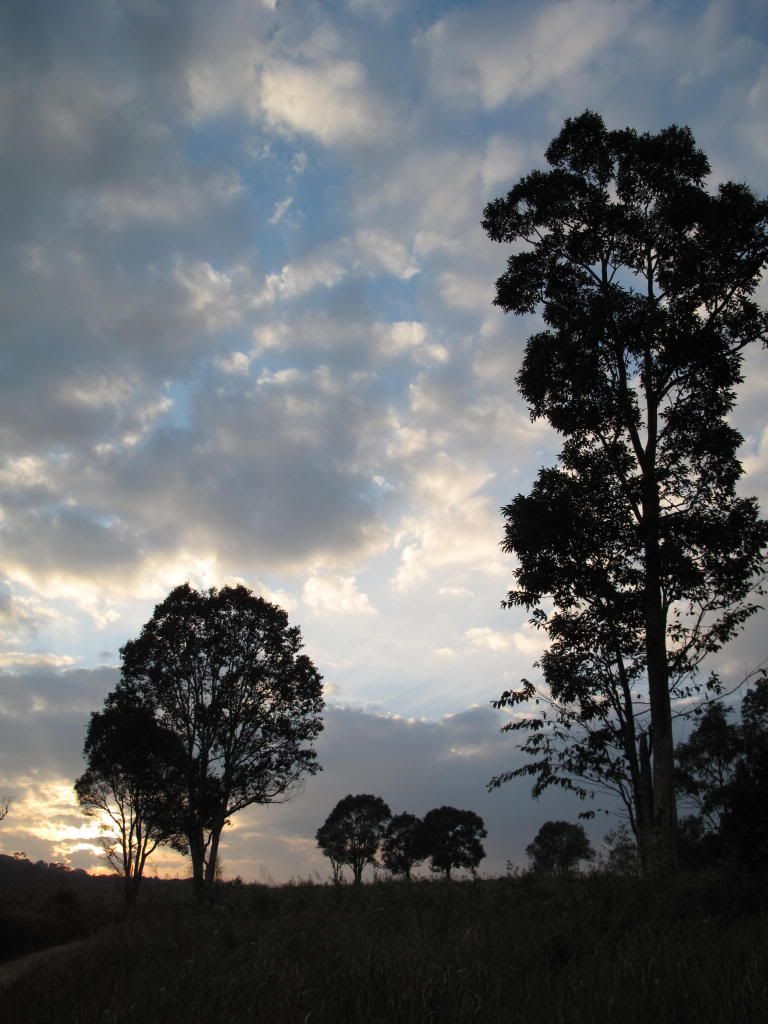
4)
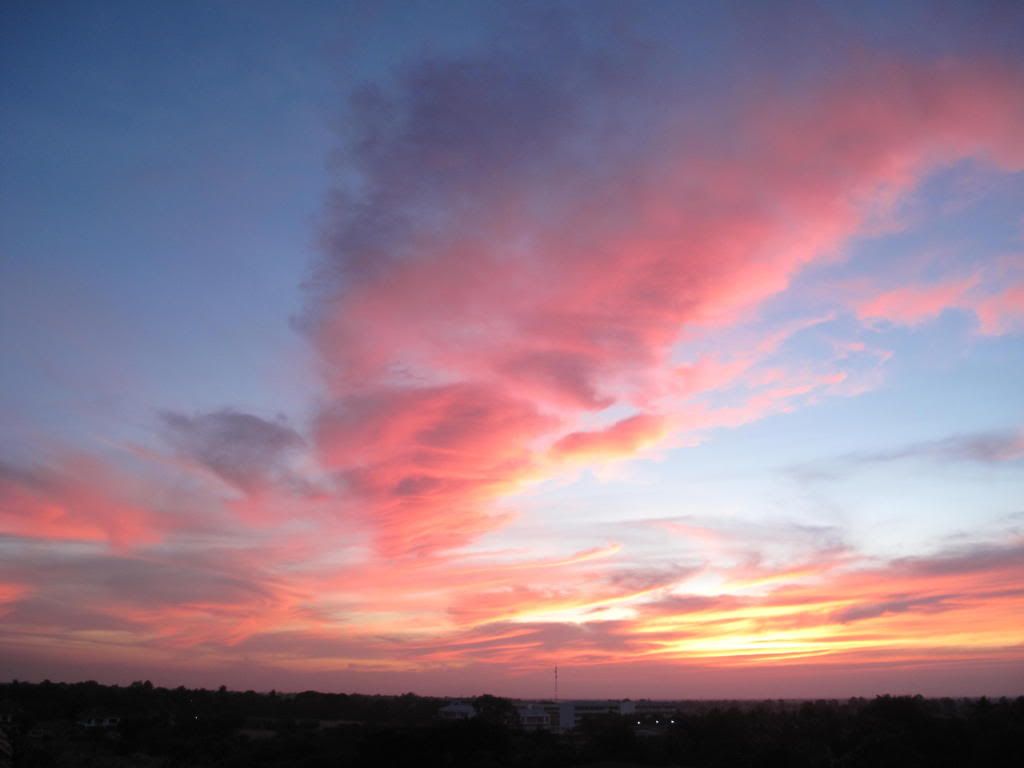
5)
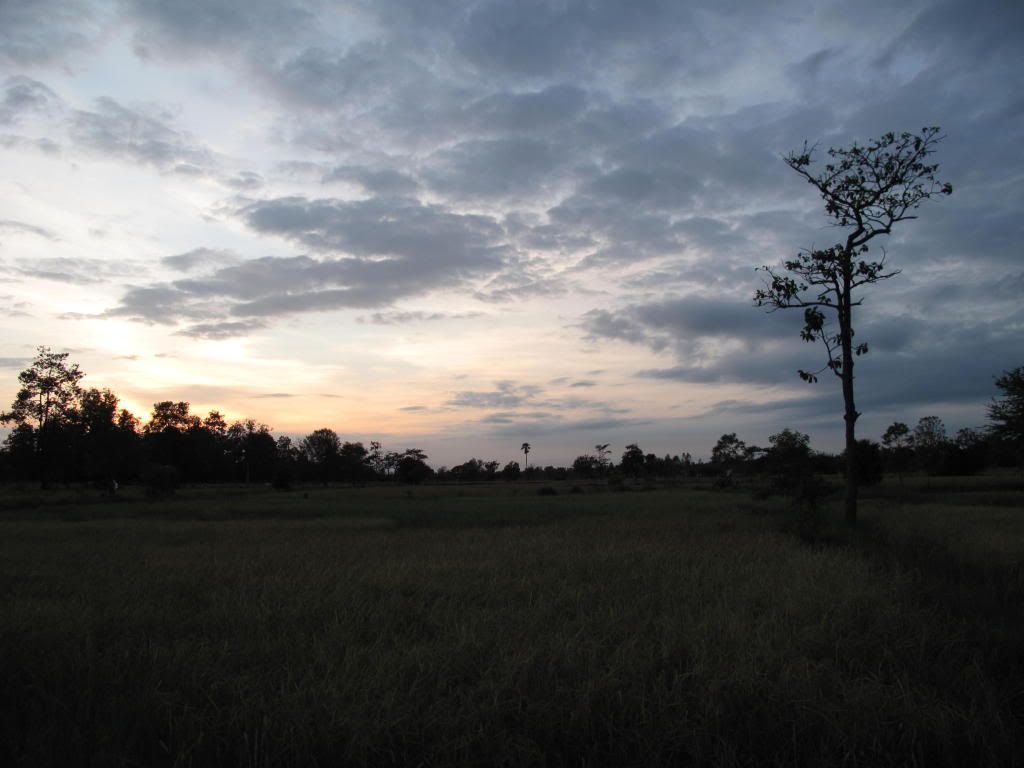
6)
